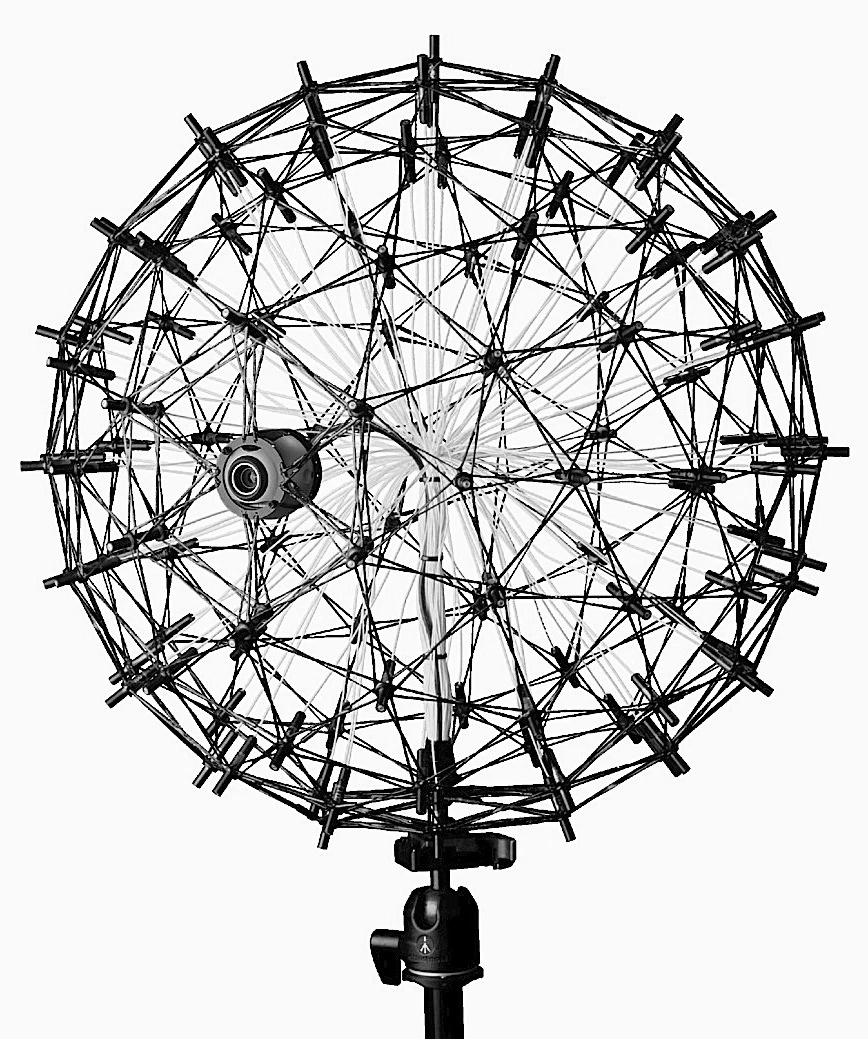Research and deliver
Four Adlershof media companies successfully produce TV content for the curious
Weather phenomena, perceptual illusions, psychoacoustics: what could be more obvious for a City of Media than to look at these things more closely given that your next-door-neighbour is such a unique place of science and technology? Projects include working on recording noises with cameras, visualising weather in an captivating way, and conveying the thrill that is science.
It takes just a wave of the hand for the forecaster to move the globes, storms and weather fronts across three-dimensional maps of oceans, continents, cities and countries. The TV weather forecast has long become a form of entertainment. The meteorological data, software and graphics for weather shows all over Europe are more often than not from Adlershof. “Weather today,“ says Graeme Garson, commercial director of the MeteoGroup, “is an important part of the news.“ Vast amounts of data from countless models run together at MeteoGroup. Modern systems enable us to present weather on TV in real time. A total of 120 people – computer scientists, graphic designers, and, of course, meteorologists – work on the data. According to Garson: “Meteorology is science coupled with experience.“
On the other hand, sound design is a grey area between psychology and technology. While we perceive summer rain on a roof as pleasant and comforting, a dripping faucet can drive us mad. So how do you measure the quality of noises? This is a pivotal issue for the Sound Design Forum and the acoustic camera of the Society for the Promotion of Applied Computer Science (GFal). The camera is able to locate a sound source and analyse it on the basis of its sound intensity level. It was upgraded with components which extend the possibilities of analysis to psychoacoustics – the perception of sound. These allow for altering the characteristics of a sound source in such a way that produces a desired sound. The aim of this undertaking is to create a more liveable acoustic environment.
Peter Näther founded his company “Tandem“ in 1992. The aim of his media studio is to communicate science on TV. His programmes deal with the first German spaceflight, autonomous robots, or “ground sludge removers“ from the state of Hessen that desludge water. As with the feature he produced on three generations of laser researchers in Adlershof, Näther often discovers his stories right on his doorstep. In his own words: “There is a lot here that never ceases to amaze me.“
The “Customer Service for the Curious“ also gives entertaining answers to questions such as: Why do the stripes of ties always lead towards the bottom? How much weight does a conductor lose during a symphony concert? Does an opera prompter speak or sing? For more than 40 years and over the course of 400 episodes – produced in Adlershof – the programme “Außenseiter, Spitzenreiter“ answers comical and unusual questions from the audience. To give an example: An opera prompter sings. But only under extraordinary circumstances.
By Franziska Hönow für Adlershof Special
www.meteogroup.com
www.acoustic-camera.com
www.studio-tandem.de
